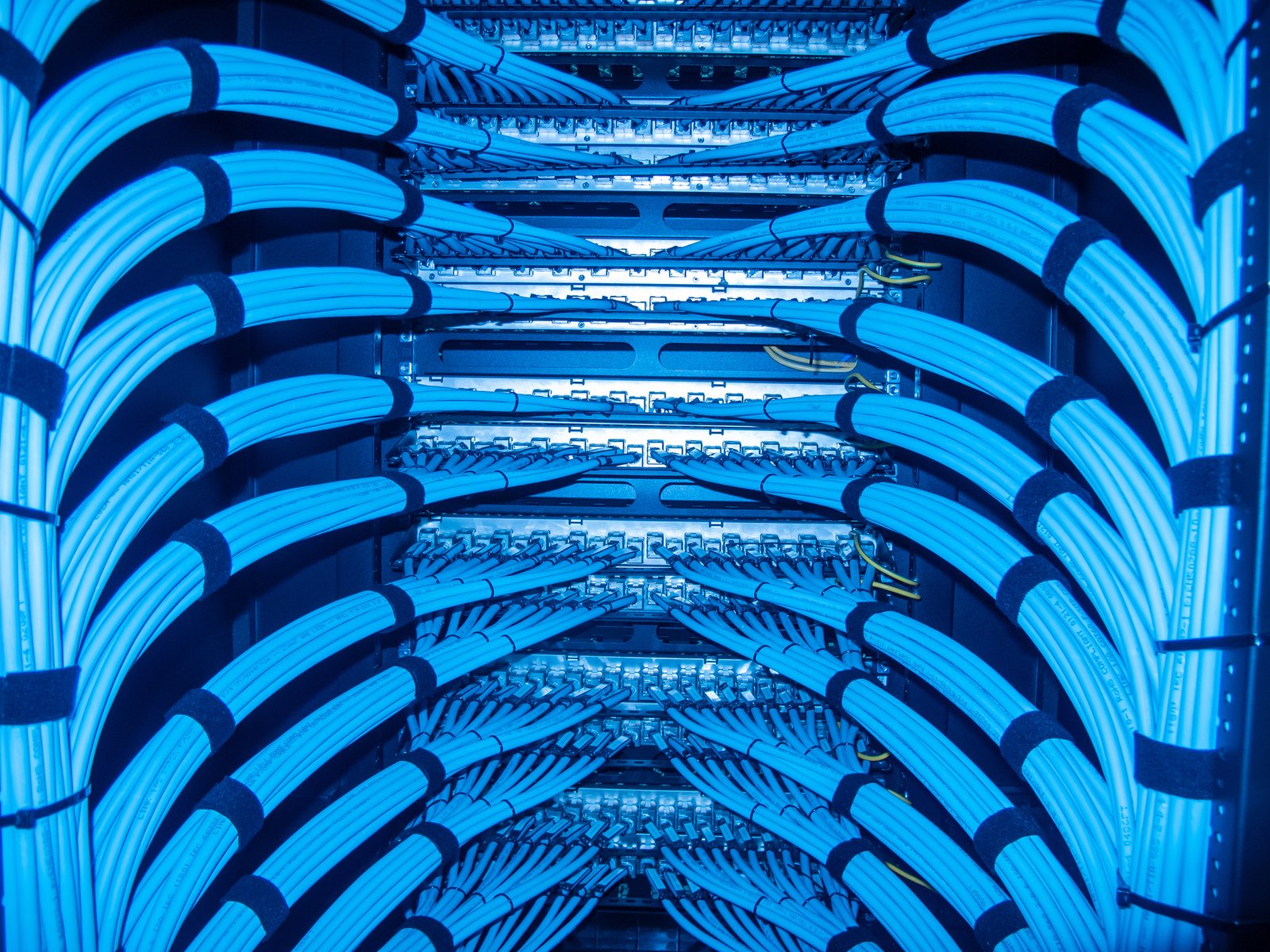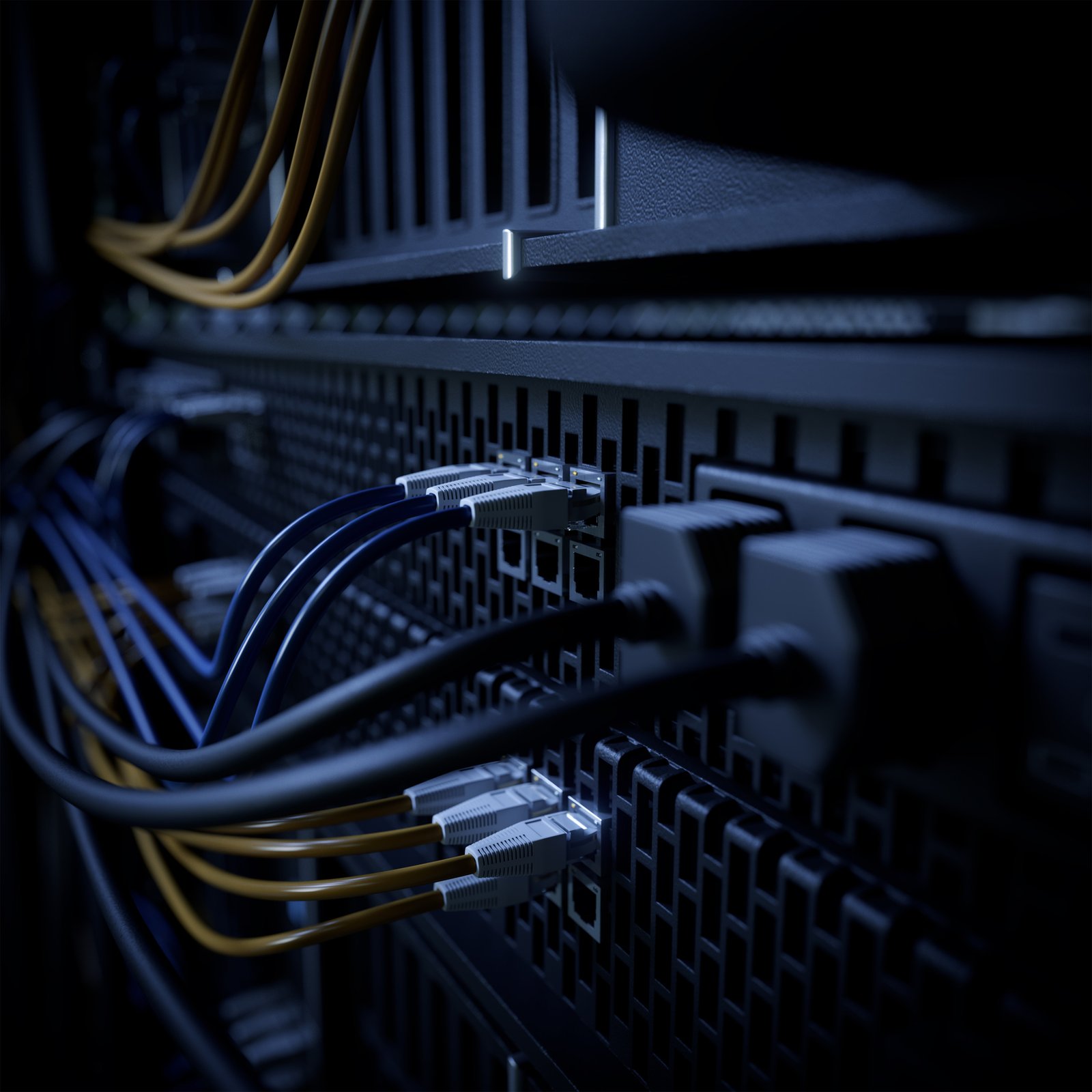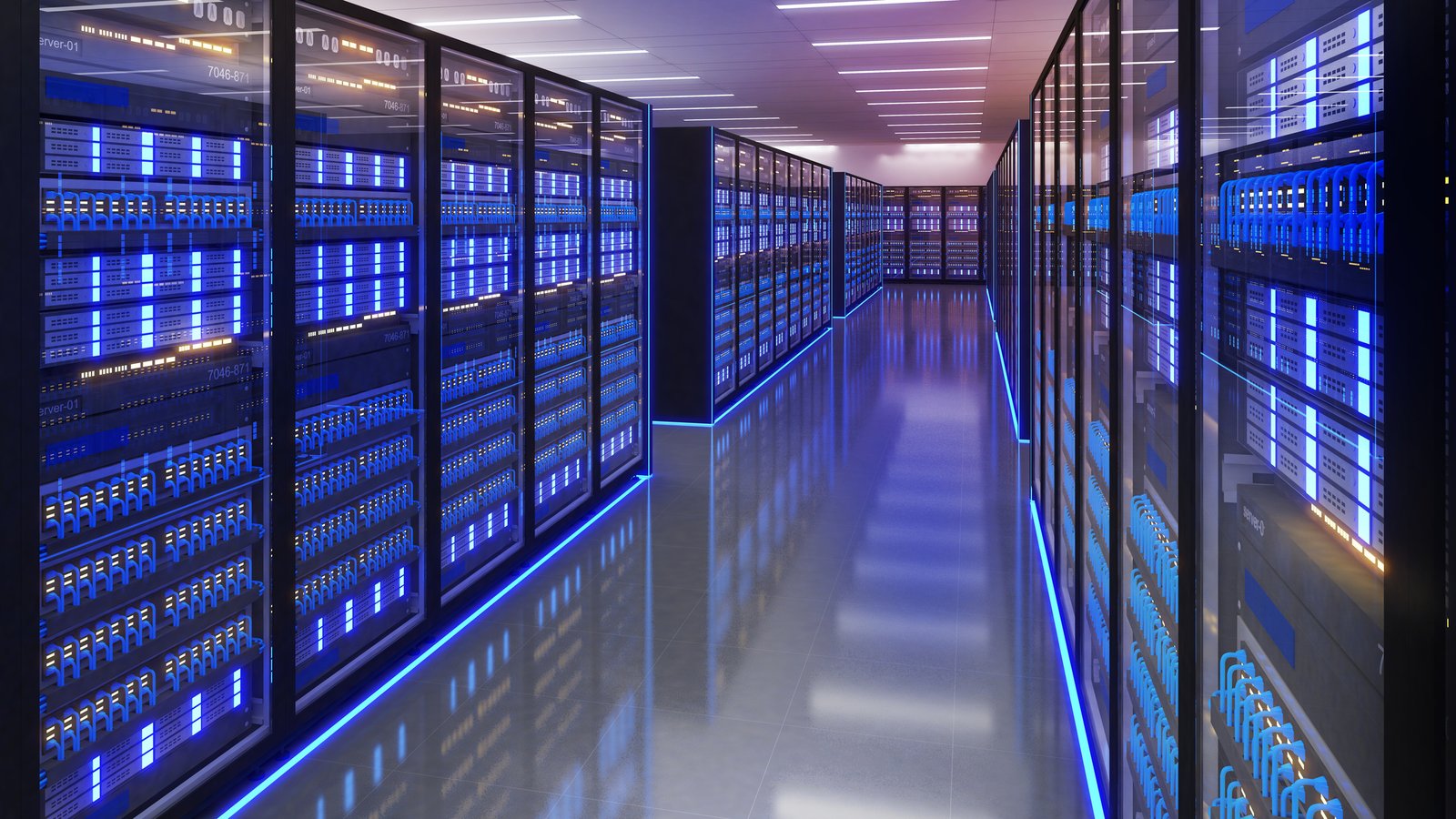Cable dressing or fiber cable management is much more than about appearances and keeping a neat-looking work environment in your data center but has everything to do with cable traceability, cooling efficiency, minimizing downtime, and reducing operational costs.
“Be it a commercial installation or a data center with rows of server racks and network cabinets substantial and well-planned cable management is a must to support a large number of data cables, fiber patch cords, power cords, and network devices required to operate the network efficiently,” wrote Trevor Kleinert for TECLA, an ICT-focused, e-learning platform.
Four on four critical elements of fiber cable management to not only trim IT costs, but improve your data center’s functionality and reliability:
- Bend Radius Protection
- Proper Cable Routing Paths
- Cable Access: Accessibility of Installed Fiber
- Physical Protection from Accidental Damage
“Properly planned and installed server rack management assists in the improved physical appearance of the installation, cable traceability and identification, improved airflow, cooling efficiency, minimizes troubleshooting time, improves safety, and reduces unwanted costs,” says Kleinert.
Fiber Cable Management Best Practices
If your IT team only focuses on cable ties, cable lacing cord, cable channels, and other like gear when it comes to fiber cable management, then they will be missing four key cable dressing factors:
- Bend Radius Protection: While advances in technology have allowed for more flexibility in bending fiber around tight corners without a noticed increase in attenuation, the reality is that bend radius protection is still one of the core principles of fiber cable management best practices.
“Believing that new reduced bend radius fiber is no longer subject to mishandling, temperature extremes, improper routing, or other external forces is a mistake technicians cannot afford to make,” says Lightwave magazine.
The two basic type of bend in fiber cabling are:- Microbend: In simplest terms, microbends are very small bends in the fiber, often called a fiber imperfection. Microbends can result when a fiber cable is placed on a pressure point such as a hard edge or basket tray rung.
- Macrobend: On the other hand, macrobends are larger bends in the fiber, and are referenced by the manufacturer’s minimum bending radius. A typical bending radius, for example, can be between 10 and 30 cm.
The bottom line is that even a microbend can cause an increase in cable loss, and that macrobends, bending fiber cable tighter than its minimum bending radius can lead to damage and even break the fiber inside the cable while resulting in an increase in fiber attenuation.
One rule of thumb: the minimum bend radius should not be less than 10 times the outside diameter of the cable, or 1.5 inches, whichever is greater.
“Bend radius protection is only one of four aspects of good fiber cable management techniques, and the other three … should never be overlooked,” says Lightwave.
- Proper Cable Routing Paths: Just because bend radius is less of an issue than in years past, tech installers still need to pay heed to proper cable routing paths.
“When it comes to cable routing paths, it would be easy for technicians to believe they no longer have to be neat since there's no significant concern about bend radius violations. But technicians still need to perform rapid circuit routing, cable tracing, and reconfiguration,” said Lightwave. “Good cable routing enables clear and easy paths for more effective routing, tracing, and reconfiguration.”
Some proper cable routing paths principles:
o Routing paths must be clearly defined
o Routing paths must be easy to follow
The benefits of proper cable routing:
o Helps ensure bend radius protection, thus improving network reliability
o Reduces time spent on reconfigurations
o Reduces time and costs to route and reroute patch cords
- Cable Access: Accessibility of Installed Fiber: In a world where fiber cables were installed and forgotten then accessibility would not be an issue, but the data center reality is that cables need to be reconfigured, cleaned, tested, and relocated from time to time. Accessibility is especially important when it comes to troubleshooting.
“Network architects should also keep in mind that with connectors more densely packed together, the potential for accidentally disconnecting the wrong cable increases. Easy connector access is important no matter what fiber is being used,” says Lightwave.
Some experts estimate that efficient fiber cable accessibility can cut network reconfiguration time by more than 75 percent, which can lead to a cost-savings for your network operations.
- Physical Protection from Accidental Damage: The final of the four critical elements for fiber cable management is physically protecting the infrastructure from accidental damage. This accidental damage can be both from human error or from the data center environment and set-up.
All your fiber cables running between equipment in the data center need to be physically protected from damage, which if it occurs, leads to diminished network reliability, and increased operational costs.
Using the right equipment and tools will go a long way to physically protecting your fiber cable.
The good news is that when you respect the four critical elements of fiber cable management, not only will your data center have a professional, clean, neat appearance but your network reliability and operational costs will be maximized.
Contact Data Center Systems today for more information on managing and documenting end-to-end connectivity.










